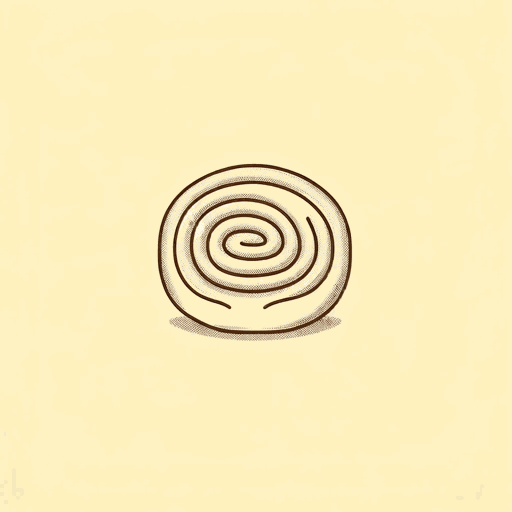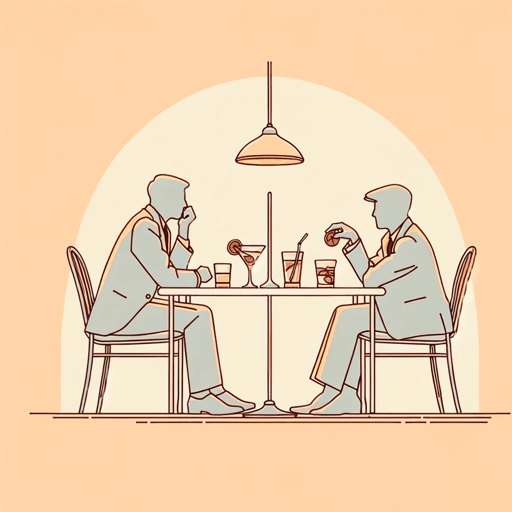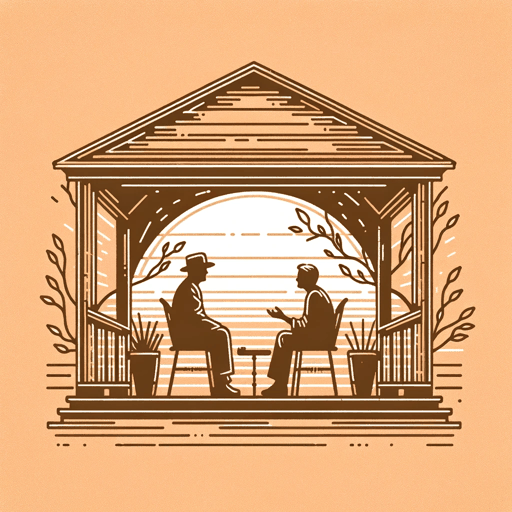28 pages • 56 minutes read
Raymond CarverA Small Good Thing
Fiction | Short Story | Adult | Published in 1983A modern alternative to SparkNotes and CliffsNotes, SuperSummary offers high-quality Study Guides with detailed chapter summaries and analysis of major themes, characters, and more.
Symbols & Motifs
Hunger and Eating
To heighten the impact of the final image, Carver makes several nods toward hunger and eating throughout the story—for example, in this exchange between Dr. Francis and Ann: “‘Feel free to go out for a bite,’ he said. ‘It would do you good […] Go and have yourselves something to eat.’ ‘I couldn’t eat anything,’ Ann said” (388).
Later, Ann rejects Howard’s suggestion of breakfast, and Howard concedes that he’s not hungry either. This lack of appetite sharpens their suffering in a way that sets up a contrast with the ending, when the baker tells them, “Eating is a small, good thing” (404).
In addition, an aspect of self-denial, even martyrdom, permeates the Weisses turning down invitations to eat throughout the story. This adds interest, for example, to Ann’s noticing the Black family’s discarded “hamburger wrappers and Styrofoam cups” (390). Why Carver draws attention to this detail is open to interpretation. It might be simply because Ann is hungry, despite her protestations, and thus they leap out to her from the clutter on the waiting room table. If, though, Ann is somewhat classist or racist (however unwittingly), this detail about a replete family may affect how Ann perceives the quality of their grief.
Related Titles
By Raymond Carver






